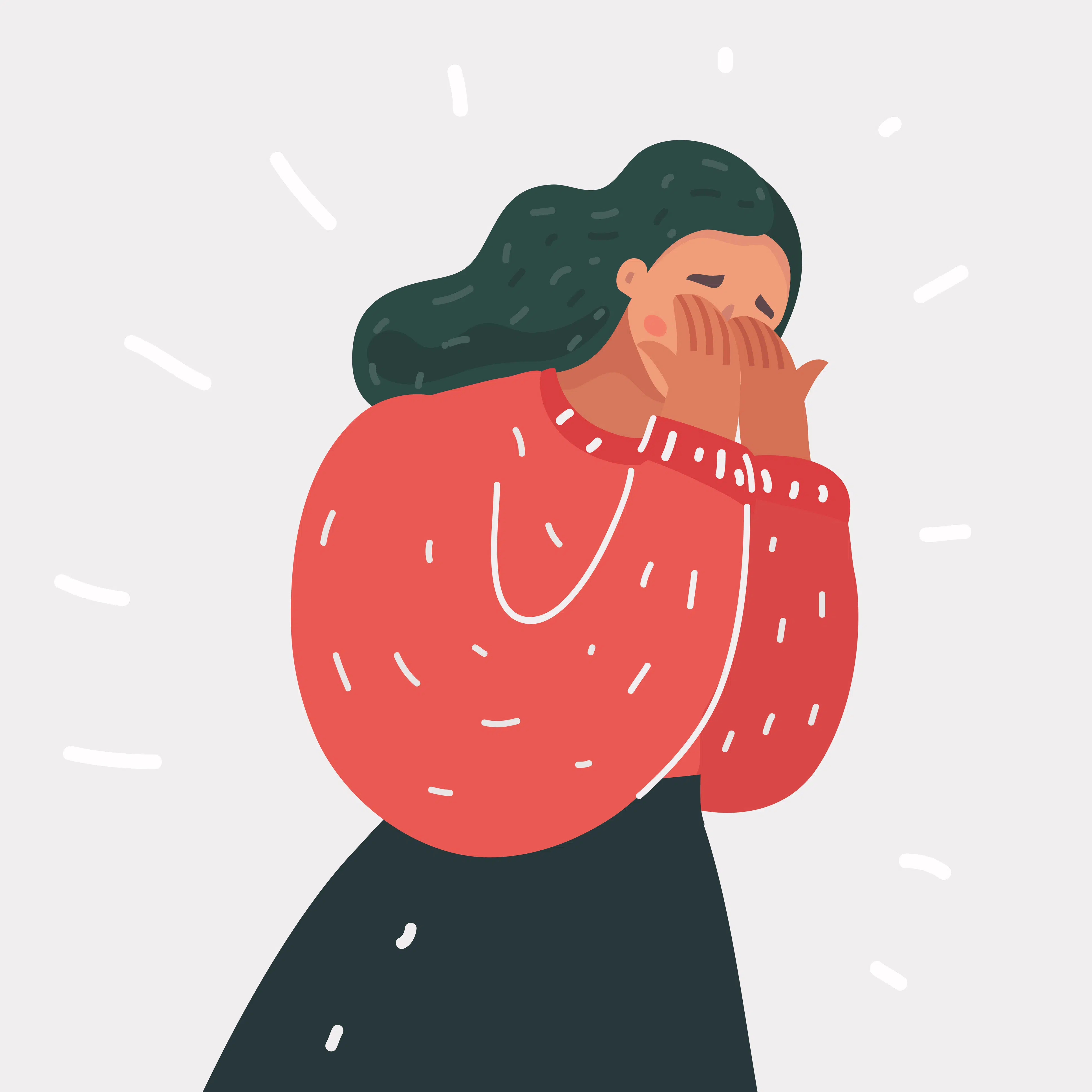When it comes to trauma, there are various types of trauma responses. In this article, we will be exploring the concept of the fight response.
The fight response stems from the unconscious belief that gaining power and control over other people will lead to acceptance, love, and safety that you might have never gotten in childhood.
When Does the Fight Response Show Up?
This fight response tends to surface when your caregivers:
- Did not provide you with any healthy limits
- Gave you anything you asked for
- Made you feel shame or bully you
- Showed narcissistic rage or disgust
People can also have a fixed fight response in response to narcissistic defenses. In addition, people who experience the fight response in their relationships might gravitate toward more ambivalent or avoidant attachment styles.
What Are Ambivalent and Avoidant Attachment Styles?
An ambivalent attachment style usually develops from a childhood where love and affection are inconsistent, and the child is unsure why. Although love and affection are something the child wants, they can view relationships as fragile and disappear without warning.
Avoidant attachment is an attachment style that often occurs when children do not receive sensitive responses to their needs. People with an avoidant attachment style can become extremely independent physically and emotionally.
Some Examples of the Fight Response
Here are some ways that the fight response manifests itself:
- Crying
- Clenching hands in fists, feeling the urge to punch
- Tight jaw and grinding teeth
- Fight in eyes and voice, glaring
- Desire to stomp, kick, or smash things
- Intense feelings of anger or rage
- Homicidal or suicidal feelings
- Knots in stomach
Even though the fight response is a typical and healthy response when in mortal danger, some people can respond this way when they feel stressed or anxious, even when their experiences are not life-threatening. Some examples can include public speaking, job interviews, and exams.
In addition, a fight response can include any action taken to stand up against a threat. For instance:
- Making a public social media post when your partner cheats so that everyone knows what they did
- Yelling at your friend when they do something that makes you upset
- Spreading rumors about a coworker that you don’t like
- Refusing to talk to your partner for a while if they’ve done something that upset you.
Suppose someone has had trauma in their past. In that case, their acute stress response can immediately become overactive, primarily if it responds to something that reminds them of a previous stressful event or something they perceive as threatening.
For example, if someone was exposed to frequent gunfire in their neighborhood when they were a kid and then hears a car backfire when they’re an adult, they may respond with anger or have other common trauma responses like flight, freeze, fawn, and/or attach-cry.
When the nervous system is overactive in this way, it is a feature of post-traumatic stress disorder (PTSD).
How to Cope With Effects of the Fight Response
The fight response is the body’s way of protecting itself. In dangerous situations, it can save a person’s life. However, if a person continually experiences the fight response in any stressful situation that isn’t life-threatening, it can negatively impact their mental health and well-being.
To cope with the reactions that occur from the fight stress response, here are some ways to cope:
- Move to a safe location: If it is possible in the situation, you can go somewhere else that is less threatening or overwhelming. This place could be anywhere, whether outside, somewhere quiet, or somewhere with fewer people.
- Slow down your breathing: The stress response can initiate fast and shallow breathing. To slow this stress response, you can practice various breathing techniques.
- Find a physical activity: Many people find physical activity beneficial for dealing with stress. If you feel irritated and up to get some exercise, you can try going for a walk, run, or an exercise class.
- Seek out social support: Social support is essential for people’s well-being. You could always ask to spend time with loved ones that you feel safe with.
How Do You Recover From a Trauma Response?
In general, it takes about 20 to 60 minutes for the body to go back to its normal state after the stress response is activated. A person might feel tired after, have body aches, or experience anxiety. During this time, self-care activities can help. Here are some ideas:
- Staying hydrated
- Taking breaks from stressors
- Exercising
- Getting a good sleep
- Taking the time to engage in restful or enjoyable activities
- Making time to connect with other people
In Summary
Even though experiencing a fight response can be distressing, the body has this response for a reason. It can always help to speak to a qualified mental health professional about any lingering trauma you face.















